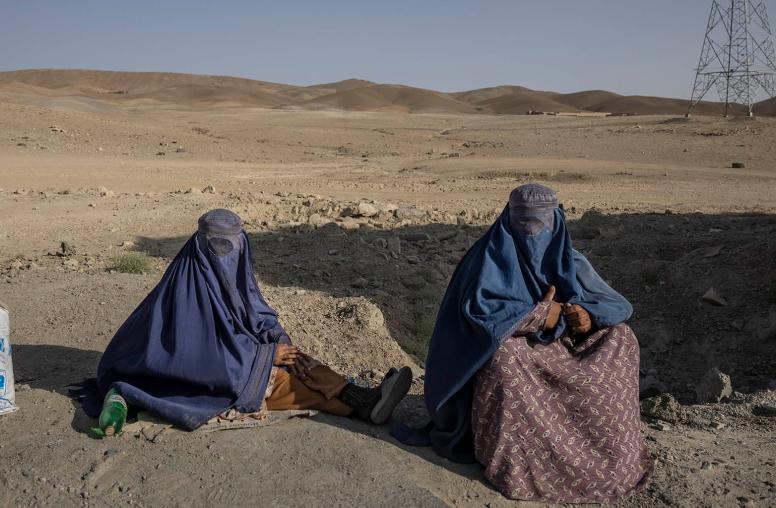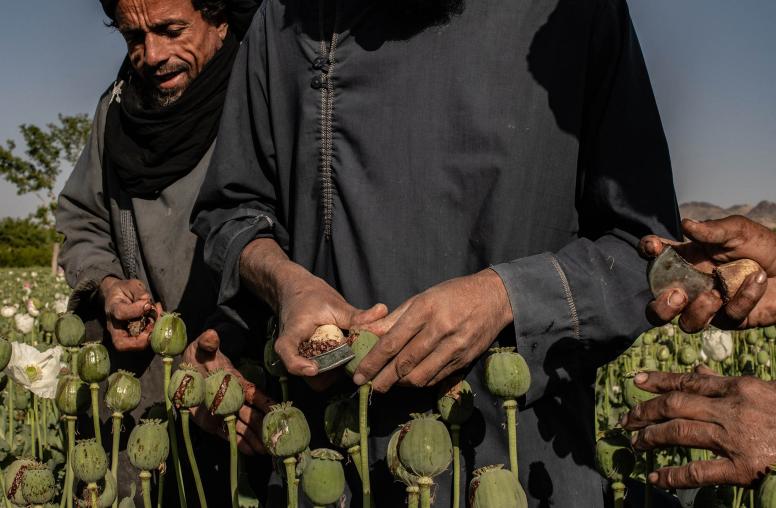What Can Be Done to Revive Afghanistan’s Economy?
Reviving the Afghan economy during a time of intensifying violent conflict, declining external financial aid, and ongoing political uncertainty and dysfunction will be extremely challenging. But the country cannot wait for these entrenched problems to be addressed. While keeping expectations modest, this report proposes some targeted, near-term measures to increase confidence and stimulate the economy. Rather than engaging in politics as usual and following conventional policy prescriptions that will not work in the short run, the Afghan government and international community need to focus limited available resources on efforts that will have the highest visibility and impact on the current situation.
Summary
- Afghanistan’s National Unity Government (NUG) needs to operate more like the unified government of a country facing a national crisis.
- Tens of billions of dollars in Afghan private capital is being held outside the country, but the money is unlikely to be repatriated and invested effectively in Afghanistan unless confidence in the future increases, the NUG becomes more effective, and prospects for reconciliation and reduced violence improve.
- Near-term measures to increase confidence and stimulate the economy include (1) increasing overall demand (for example, by starting some sizable infrastructure projects, regularizing informal urban settlements, and implementing selected urban income-generation and job programs); (2) shifting demand away from imports toward domestic production (through targeting spending programs disproportionately at the urban poor, increasing local procurement, and imposing moderate import tariffs on agricultural cash crops); (3) promoting export value chain development for high-value cash crops; and (4) creating fiscal space (including limited government borrowing).
- Corruption needs to be combated strategically and selectively; too broad an approach, let alone comprehensive, would divert attention from the most important corruption problems and squander limited political capital.
- Economic reforms and development programs that are too broad could also divert attention and resources away from a priority agenda and be counterproductive in the short run; examples include quick privatization of numerous public enterprises; efforts to quickly reduce opium poppy cultivation; expensive, long-gestation, financially unviable railway investments; excessive tax concessions to promote private investment; and the thin spreading of limited resources across numerous, small rural projects.
- If the Afghan government takes urgent actions to revive the economy—including through greater political effectiveness—the international community must respond proactively and flexibly by funding high-level expertise to support economic management and innovative programs, front loading aid to support priority initiatives, and restructuring project portfolios to shift funding toward activities that achieve faster results.
About the Report
Despite significant progress in raising government revenue, the Afghan economy in 2014–15 suffered from its lowest economic growth since 2001, and prospects for improvement in the short run appear weak. This report puts forward some innovative, near-term measures that, combined with greater government effectiveness and potential reductions in violent conflict, could help stimulate the economy. It also highlights what should not be done, such as spreading limited resources too thin in pursuit of an excessively broad policy or development agenda.
About the Author
William Byrd is a development economist and has been following the Afghan economy closely since 2001. He is currently a senior expert at the U.S. Institute of Peace. He has published numerous reports, articles, and papers on Afghanistan’s economy, public finances, governance, corruption, political economy dimensions, drug industry, extractives sector, and development challenges.



